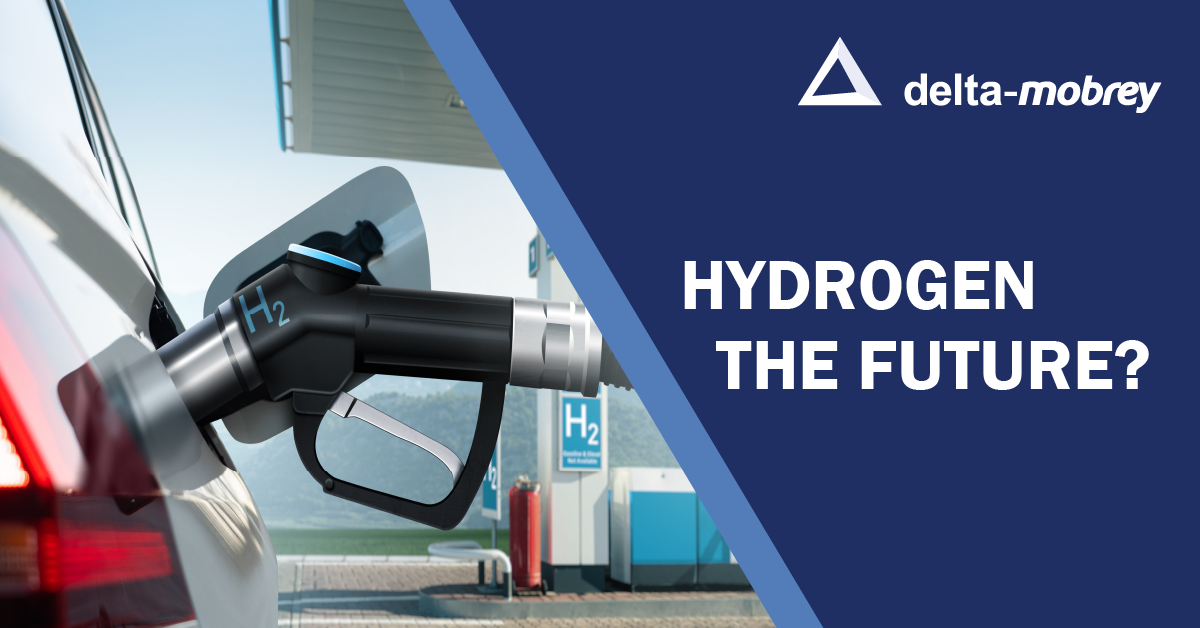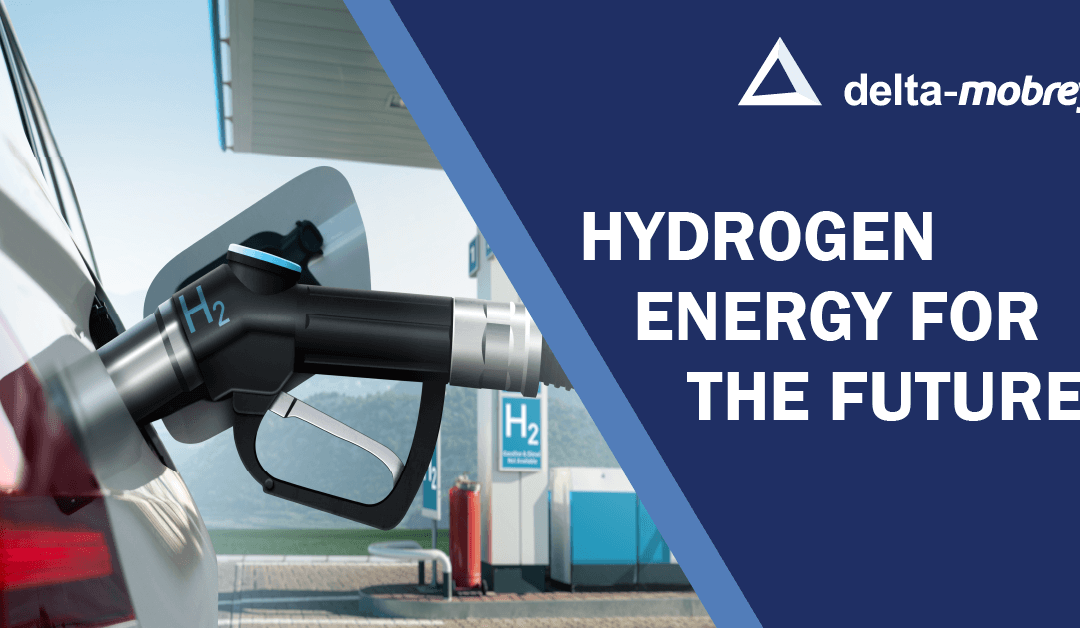Hydrogen has large amounts of potential in the energy industry and can work alongside developing battery technology and renewable fuels. With climate plans to cut greenhouse gas emissions put in place by many countries, investment in hydrogen is at an all-time high. Both private investors and governments are investing millions into hydrogen development, with green hydrogen research being a focus.
Besides this, hydrogen may play an important role in sectors such as steel, chemicals, and heavy transport. Hydrogen could be a solution for decarbonisation in these sectors, which produce over 30% of the world’s carbon emissions.

Process Instrumentation – A Pivotal Part of the Process
Working with hydrogen requires a variety of specialist tools, such as the D Series Pressure and Temperature Transmitters. Process instrumentation is vital to ensure safety and maintain infrastructure standards. Pressure is important in electrolysers, with some designed to operate at elevated pressure.
The D21 smart pressure transmitter has a wide range of working pressures for precise measurements in the hydrogen electrolyser process. This is important to prevent over-pressurisation and ensure that the gases created can be moved without obstruction.
Speak to our experts today
The colours of hydrogen production
Whilst green hydrogen is the focus of governments, being carbon-free, there are various other methods of creating hydrogen. These vary from using fossil fuels to using nuclear-driven methods.
Hydrogen is commonly made through steam reforming of natural gases, which is called turquoise hydrogen. It is important to note that this generates CO2 and, therefore, is not a carbon-neutral process. A more complex form of natural gas hydrogen production is blue hydrogen. This method captures the carbon emitted by the process, and stores it underground, creating a more carbon-neutral end product. At the end of 2021, 41% of global hydrogen production was from natural gas.
Petroleum by-products and coal are also used to produce hydrogen, with 49% of global hydrogen production coming from these two sources. This is grey hydrogen and waste product CO2 is directly released into the atmosphere.
Hydrogen generated by nuclear power is also an option, with red, pink and violet hydrogen electrolysers being driven by nuclear power. Nuclear heat – a by-product when using a reactor to create electricity – can be used for steam electrolysis in hydrogen production.
White hydrogen is a fairly recent development, with significant quantities of hydrogen in pure form being found in 2012. Since then, extracting supplies of natural hydrogen gas from beneath the earth’s surface has been experimented with. Unlike fossil fuel storages, white hydrogen is continuously replenished. It is thought to form through water-mineral reactions.
A focus on green hydrogen
Green hydrogen is based on electrolysis using electricity from renewable sources – such as solar and wind power. This is a zero-carbon hydrogen and is a sustainable way to mass produce hydrogen for manufacturing and vehicles. The UK government has created a fund to support this called the Net Zero Hydrogen Fund.
Switching from turquoise and grey hydrogen to green hydrogen requires better electrolysis efficiency and more renewable energy sources. The conversion loss is currently 20-30%. However, it costs more energy to make a kilogram of hydrogen than the amount of energy can hold via current electrolysers. The cost relative to the hydrogen gained from fossil fuels is worse, and therefore at the time of writing, green hydrogen is in less demand. Research and development of electrolysers will be key to shifting demand from grey hydrogen to green, as cost is a major incentive for companies when choosing which source to use.
Hysata claims that it is working on a >95% efficient electrolyser, which would significantly reduce the cost, as well as make the process more efficient.
However, this is not the only roadblock the deployment of green hydrogen faces. Regulation and certification remains a barrier to adoption, as well as policy attention only being recently given to hydrogen development and the policies still not being sufficient to meet climate ambitions. Efforts to stimulate low-emission hydrogen is not enough to meet the targets set out by governments. Regulatory barriers are another hurdle, making it challenging for frameworks to be established and working through the process of hydrogen development. With hydrogen demand reaching a historical high in 2022, it is still mainly made by traditional applications – 0.7% of total hydrogen demand was met by low-emission hydrogen.
It is clear that governments and the private sector need to accelerate their investment into green hydrogen, and fostering international co-operation to develop hydrogen and work on certification. Stimulation for low-emission hydrogen needs to take place too – something to incentivise current hydrogen producers and users to create low-emission hydrogen.


